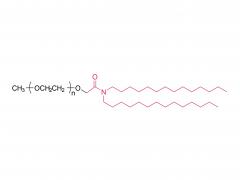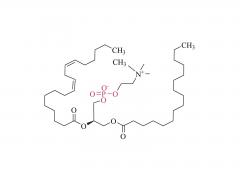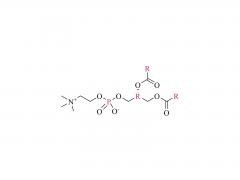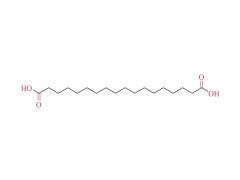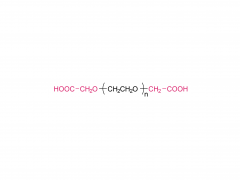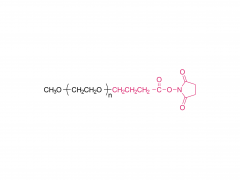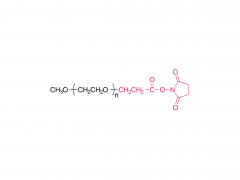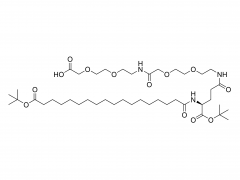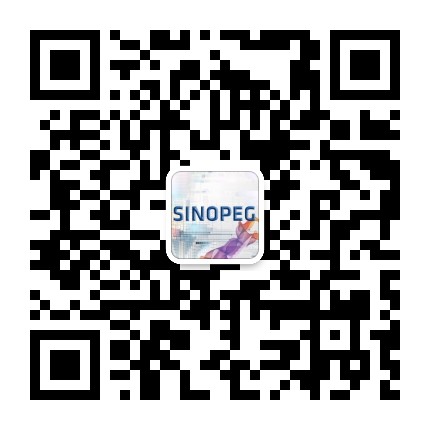mPEG-VS (methoxy polyethylene glycol ethylene sulfone) is a polyethylene glycol (PEG) derivative with high reactivity and is widely used in fields such as biocoupling, drug delivery systems and material modification. Its core feature is the Michael receptor property of the vinyl sulfone group (VS), which can react efficiently with nucleophilic groups such as thiol groups (-SH) to form stable covalent bonds.
1. Chemical structure
Molecular formula: CH₃O-(CH₂CH₂O)ₙ-CH₂CH₂-SO₂-CH=CH₂
mPEG: Methoxy polyethylene glycol, providing hydrophilicity and biocompatibility.
VS (vinyl sulfone group) : -SO₂-CH=CH₂, as a Michael receptor, is prone to addition reactions with thiol groups (-SH), amino groups (-NH₂), etc.
2. Characteristics
High reactivity
The vinyl sulfone group can react rapidly with the thiol group under mild conditions (pH 7-9, room temperature) to form a stable thioether bond (-S-CH₂CH₂-SO₂-).
It can also react with primary amines (-NH₂), but with lower selectivity (requiring a higher pH).
Stability
It is more resistant to hydrolysis than maleimide (MAL) type PEG and is suitable for long-term storage or complex reaction environments.
Water solubility: The PEG chain endows it with excellent water solubility and low immunogenicity.
Molecular weight range: Usually from 1 kDa to 40 kDa, and can be selected according to requirements.
3. Application fields
Biological coupling
Antibody/protein modification: Binding mPEG-VS to the thiol groups of antibodies (such as Fab fragments) improves their pharmacokinetic properties.
Peptide/nucleic acid labeling: Used for PEG modification to enhance stability (such as in siRNA delivery systems).
Drug delivery
Construct PEG drug carriers (such as surface modification of nanoparticles) to achieve targeted or sustained release.
Material functionalization
Modify hydrogels and sensor surfaces (through thiol materials) to enhance biocompatibility.
4. Advantages and Precautions
Advantages:
High selectivity: It preferentially reacts with thiol groups and is suitable for complex biological systems (such as antibodies containing free thiol groups).
Stability: It is more resistant to hydrolysis than maleimide PEG and has lower toxicity of by-products.
Notes:
pH control: The optimal reaction pH is 7.5-8.5 (to avoid amino competition).
Store away from light: The vinyl sulfone group is sensitive to light and should be stored at low temperature and in a dry place.
Thiol protection: If disulfide bonds (-S-S-) exist in the system, pretreatment with a reducing agent (such as DTT, TCEP) is required first.







